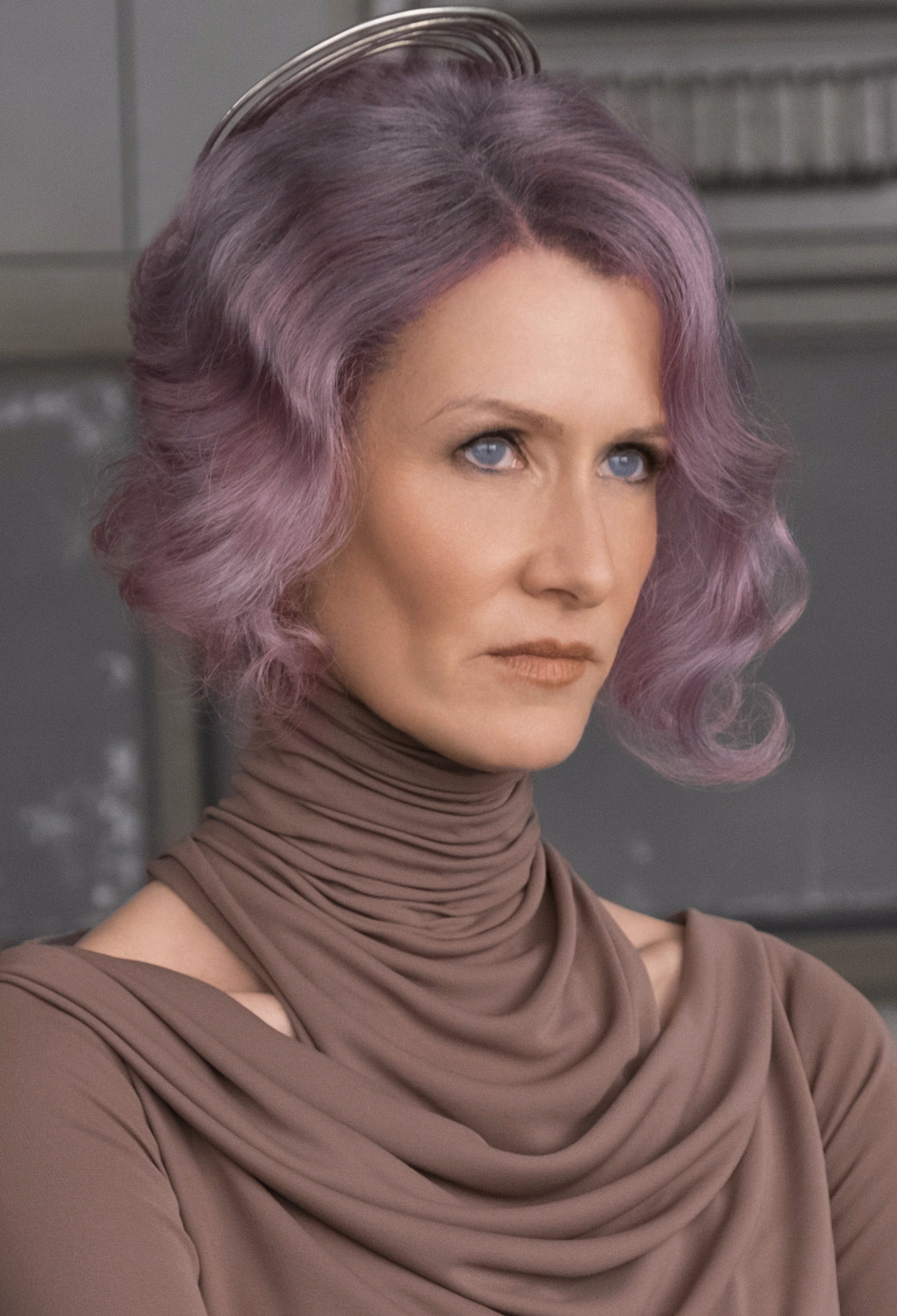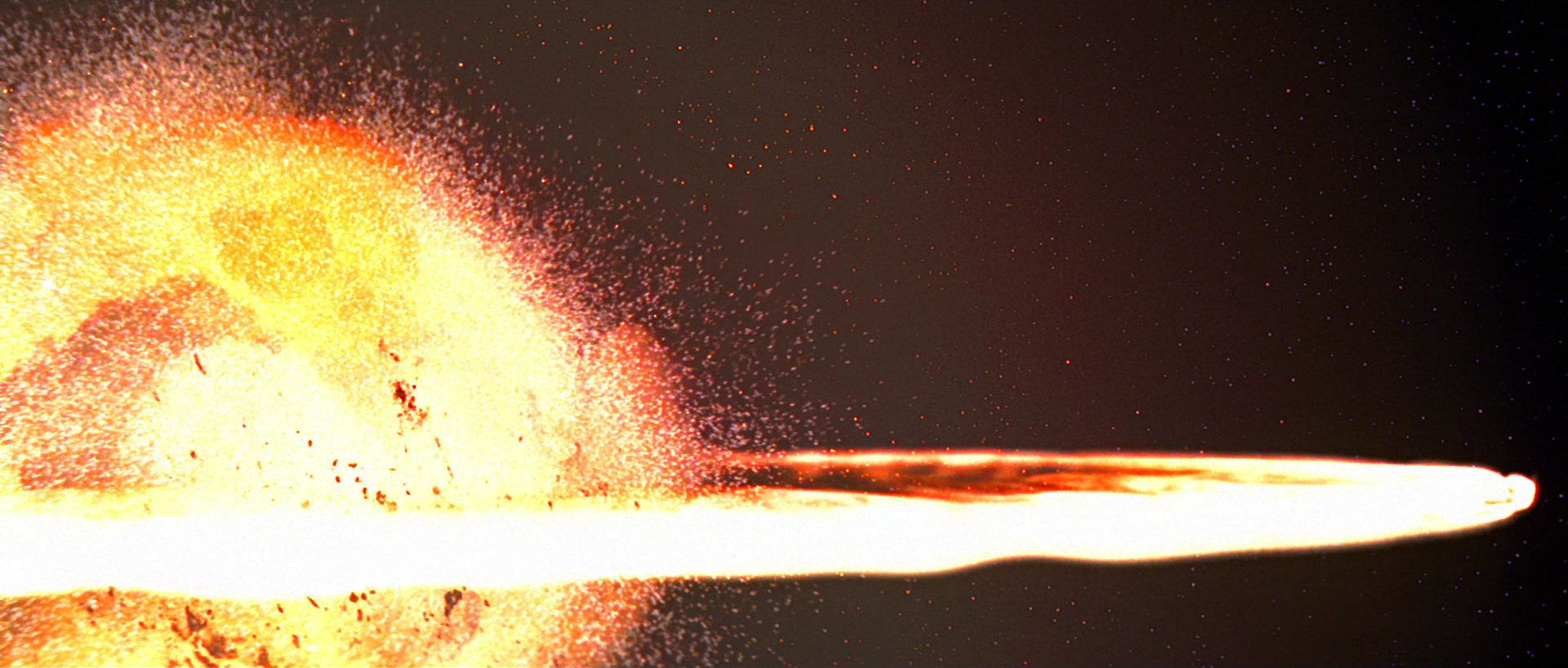The next items on my Star Wars read-through list were a pair of New Canon novels about the life and times of one character in particular: Princess Leia Organa. Her history was largely over-written for the New Canon, and two novels help rebuild her story.
For this post, I read the following:
I read both novels in the hardcover format.
Another appropriate story to have read would be the Princess Leia comic miniseries by Mark Waid, but I covered that in a previous post. At any rate, its plot does not connect with either of these novels.
Leia, Princess of Alderaan is set three years before A New Hope and Rogue One. Leia is sixteen and, per Alderaan tradition, must prove her worth to be declared Crown Princess and heiress of the throne. But under her nose, Leia's parents are beginning to work to oppose the evil of the Empire. Leia must therefore also prove her worth to her parents, so she can help bring the Rebellion into existence.
Leia, Princess of Alderaan was a different type of book altogether. Unlike something like Bloodline, Aftermath, or Lords of the Sith, all of which told of one specific adventure, this story spanned multiple months as Leia became more aware of her parents' involvement in the rebel movement against the Empire (closer to Lost Stars, which spanned years). The relationships she makes (one of which is supposed to play a role in the new film, The Last Jedi), as well as her adventures in the Apprentice Legislature, going on humanitarian missions, and learning to hike and climb mountains, help develop her character and inform her actions in future stories. More than that, the emotional story of the teen girl whose parents have become so embroiled in their machinations against the Emperor that they ignore they daughter was incredibly moving.
During my analysis of Claudia Gray's other Star Wars novel, Lost Stars, I noted that the author successfully conveyed both the evil and constructive sides of the Empire. She came up with reasonable arguments for why some Imperials, without being zealots, could support the destruction of Alderaan. Leia, Princess of Alderaan did something similar. The villainy of the Emperor, Governor Tarkin, and other Imperials is portrayed in a very one-sided manner, exactly how Princess Leia would see them. However, the debate becomes whether it is better to act against the Empire, or quietly comply with Imperial rule to ensure your people are not endangered. Put another way, if Princess Leia and her family had not helped found the Rebellion, would Alderaan have still been destroyed; her two billion souls killed? While the Empire was defeated in Return of the Jedi, was victory worth the cost? Many Alderaanians would say no.
Bloodline offers another debate. The New Republic Senate was divided very cleanly into two camps: centrists and populists. A strong executive branch and fleet capable of defending its citizens, vs. delegation of virtually all powers to individual systems and limited executive powers to prevent the rise of another Emperor. Interestingly, both political parties are filled with examples of why their philosophy, taken too far, is undesirable. Many centrists are keen to see a return to the Imperial way of life, while many populists would prefer the Senate not exist at all. Only moderate voices, like Leia and other main character Ransolm Casterfo, offer meaningful contributions to the discourse. Leia grew up under the Empire, saw her world destroyed, and would do anything to prevent another Emperor. Ransolm grew up in the Empire too, and saw his parents worked to death by Vader, but his world suffered terribly under weaker governments that could not protect them from criminals and famine. He would see a strong government capable of rooting out corruption. The moderate viewpoints of both sides are equally valid.
One thing these books has made me realize is just how good an author Claudia Gray is. Of the Star Wars novels I've read in recent years, hers have been the best by far. In each, she's portrayed both sides of cool sci-fi debates in interesting and compelling ways. I have already placed a hold on one of her non-Star Wars books at the library. If I like it, I suspect there will be more of her books in my library soon.
Follow @C_Andrew_H
For this post, I read the following:
- Bloodline (novel by Claudia Gray, 2016)
- Leia, Princess of Alderaan (novel by Claudia Gray, 2017)
I read both novels in the hardcover format.
Another appropriate story to have read would be the Princess Leia comic miniseries by Mark Waid, but I covered that in a previous post. At any rate, its plot does not connect with either of these novels.
 |
| Marketing poster for Bloodline. Image from Starwarsunderworld.com |
Story:
Bloodline is set 24 years after the events of Return of the Jedi, 23 years after the Aftermath trilogy, but still six years before The Force Awakens. The New Republic is well established. The Empire is gone, and so the New Republic has no strong enemies to fight. The Senate is deeply divided, and cannot resolve a new crisis but for the help of Senator Leia Organa. However, the secret truth of her biological parentage looms overhead.Leia, Princess of Alderaan is set three years before A New Hope and Rogue One. Leia is sixteen and, per Alderaan tradition, must prove her worth to be declared Crown Princess and heiress of the throne. But under her nose, Leia's parents are beginning to work to oppose the evil of the Empire. Leia must therefore also prove her worth to her parents, so she can help bring the Rebellion into existence.
Thoughts:
In many ways, Bloodline is the Star Wars political book I've wanted for some time. Like many good political thrillers, the action is split fairly evenly between the political debates and action in the field. The story is advanced through both Leia's adventures on several worlds and her relationships with other Senators, both those allied and opposed. I found myself as intrigued during the debates in the Senate as I did during the firefights against criminals, or Leia's meetings with secret organizations and crime lords. What Leia does -- and what happens to her, the central premise of the book -- in this story perfectly sets up her departure from politics into setting up the Resistance, which was actively fighting the First Order by the time of The Force Awakens.Leia, Princess of Alderaan was a different type of book altogether. Unlike something like Bloodline, Aftermath, or Lords of the Sith, all of which told of one specific adventure, this story spanned multiple months as Leia became more aware of her parents' involvement in the rebel movement against the Empire (closer to Lost Stars, which spanned years). The relationships she makes (one of which is supposed to play a role in the new film, The Last Jedi), as well as her adventures in the Apprentice Legislature, going on humanitarian missions, and learning to hike and climb mountains, help develop her character and inform her actions in future stories. More than that, the emotional story of the teen girl whose parents have become so embroiled in their machinations against the Emperor that they ignore they daughter was incredibly moving.
 |
| Amilyn Holdo, whom Leia met as a teenager. Image from Wookieepedia. |
During my analysis of Claudia Gray's other Star Wars novel, Lost Stars, I noted that the author successfully conveyed both the evil and constructive sides of the Empire. She came up with reasonable arguments for why some Imperials, without being zealots, could support the destruction of Alderaan. Leia, Princess of Alderaan did something similar. The villainy of the Emperor, Governor Tarkin, and other Imperials is portrayed in a very one-sided manner, exactly how Princess Leia would see them. However, the debate becomes whether it is better to act against the Empire, or quietly comply with Imperial rule to ensure your people are not endangered. Put another way, if Princess Leia and her family had not helped found the Rebellion, would Alderaan have still been destroyed; her two billion souls killed? While the Empire was defeated in Return of the Jedi, was victory worth the cost? Many Alderaanians would say no.
 |
| Was it worth it, Leia? Image from Wookieepedia. |
Bloodline offers another debate. The New Republic Senate was divided very cleanly into two camps: centrists and populists. A strong executive branch and fleet capable of defending its citizens, vs. delegation of virtually all powers to individual systems and limited executive powers to prevent the rise of another Emperor. Interestingly, both political parties are filled with examples of why their philosophy, taken too far, is undesirable. Many centrists are keen to see a return to the Imperial way of life, while many populists would prefer the Senate not exist at all. Only moderate voices, like Leia and other main character Ransolm Casterfo, offer meaningful contributions to the discourse. Leia grew up under the Empire, saw her world destroyed, and would do anything to prevent another Emperor. Ransolm grew up in the Empire too, and saw his parents worked to death by Vader, but his world suffered terribly under weaker governments that could not protect them from criminals and famine. He would see a strong government capable of rooting out corruption. The moderate viewpoints of both sides are equally valid.
One thing these books has made me realize is just how good an author Claudia Gray is. Of the Star Wars novels I've read in recent years, hers have been the best by far. In each, she's portrayed both sides of cool sci-fi debates in interesting and compelling ways. I have already placed a hold on one of her non-Star Wars books at the library. If I like it, I suspect there will be more of her books in my library soon.
Next:
The next item on the Star Wars Read-Through List is back in the Legends continuity: Knight Errant. The next New Canon stories I cover will be more comics, including the Vader Down crossover, the second half of Gillen's Darth Vader series, a few more arcs of the main Star Wars series, and the Obi-Wan and Anakin and Chewbacca miniseries.Follow @C_Andrew_H
Comments
Post a Comment